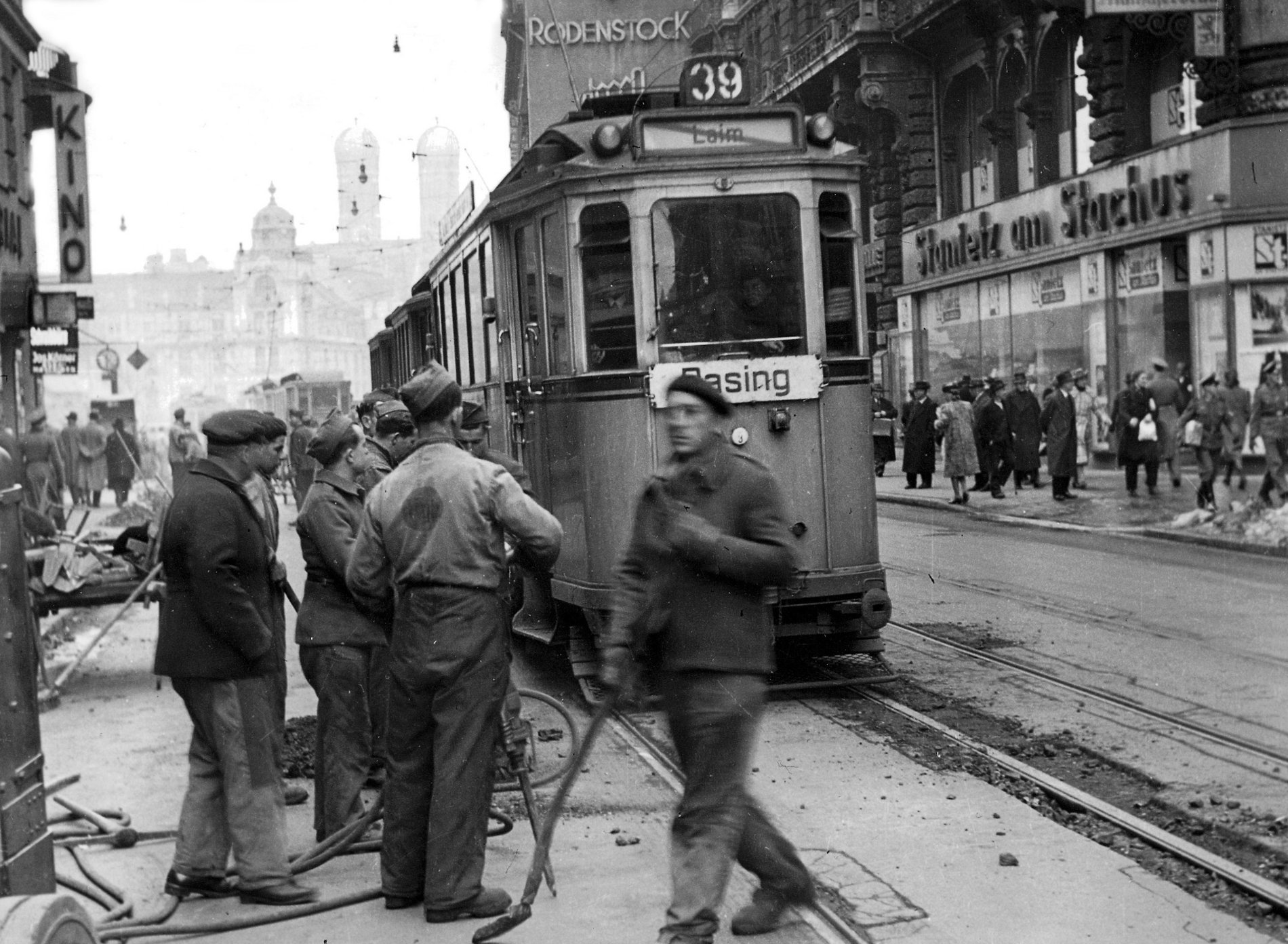Different living and working conditions
Forced labor was ubiquitous—in all areas of work and life and not just in the arms industries so crucial for the war effort. In 1944, one employee in four in the German Reich was a forced laborer. 43% of all foreign forced laborers were employed in industry, 36% in agriculture, 12% in services, 6% in construction (6%), and 3% in mining.
More than 200,000 young women from Eastern Europe were forcibly employed as nursemaids and servants. Most forced laborers were housed in the middle of German cities and villages in specially built barrack camps, and in converted schools, gymnasiums, and guest houses. Companies that wished to be allocated forced laborers had to provide accommodation for them. There were more than 30,000 units of such collective accommodation in the “German Reich”—that is equivalent to the number of supermarkets and other food stores in Germany today.
Of the forced laborers in the German Reich, about 8.5 million were civilian forced laborers, 4.6 million were prisoners of war, and 1.7 million were concentration camp prisoners. Sometimes the forced laborers’ status changed: many Italian and Soviet prisoners of war, for example, were given civilian status in order for them to be employed in the arms industry even though this contravened international conventions. There were also major differences in the living and working conditions of the different groups. These differences concerned not only their status, but also the kind of work they had to do, their accommodation, their food situation, and their treatment by their bosses.





